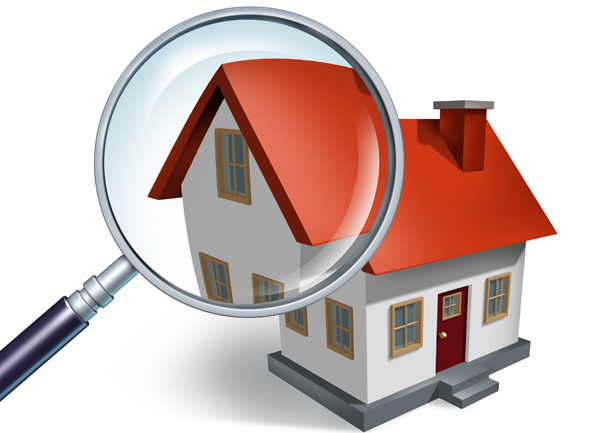Final Walk-Through Tips
The final walk-through of the home that is about ready to be yours is a key step in the home buying process. Things are coming to end of the entire process and you are busy preparing for your move.
Do not over look the final walk through! This step is your last chance in making sure what your agreed upon during the inspection period is done to your satisfaction.
Once you do the walk-through there is a form you will fill-out and sign. You will either sign off on the property or let the seller know there are things that are not satisfactory and need to be done prior to closing based on the buyer inspection notice repairs you agreed too.
Here is a sample of the Buyer Pre-Closing Walkthrough form that needs to be completed by the buyer: CLICK HERE
So far you have found the home you love, made the offer, and the seller has accepted. You have gotten your inspections done, your loan is being finalized and an escrow closing date has been set.
Your next step is a final walk-through, arranged through your real estate agent. The final walk-though should be done as close to your closing date as possible. If you do the walk-through further from you closing date there may be something that happens at the home that you don’t see.
For example I recently did a walk-through with a client about 7 days before the closing date. Between our closing date and the walk-through a big bee hive gathered at the home. Luckily we did catch this issue and had the bee hive removed prior to closing. Had I not gone over to the home to check on one more thing the bee issue would have never been resolved prior to closing. It is always a good idea to visit the home right before closing to catch a last minute issue.
On another closing of mine between the inspection and the final walk-through the home had been broken into and the appliances had been stolen. In this case the seller had to buy buy and install new appliances before close.
The goal: Ensure the property’s condition hasn’t changed since your last visit, that any agreed-upon repairs have been made and that the terms of your contract will be met. Depending on your contract or local customs, a walk-through may be informal or more formal. In a formal arrangement, you will actually sign a contract addendum confirming that you’ve done your walk-through and everything is as it should be.
Here’s what you need to know for your final walk-through: (take the BNSR with you so you can check off the items)
- A final walk-through isn’t a home inspection. You’ve already done that by now (or should have).
- Take your BNSR with you. You might need to refer to it while on site.
- In many markets, the buyers and sellers never actually meet in person. But if everyone is agreeable to the idea, perform the final walk-through in the seller’s presence. He or she knows the home better than anyone else and should be able to answer your questions and provide some color on the history of the home.
- If the home is vacant, it’s even more important to do a final walk-through. Since your last visit, for instance, someone might have left a faucet dripping, inadvertently causing water damage. Or is same cases, being that the home is vacant, the appliances may have been stolen since the inspection of the home.
- Take along a checklist of things to do during the final walk-through, including:
- Check the exterior of the home, especially if there have been strong wind or rain storms since your last visit.
- Turn all light fixtures on and off.
- Make sure the seller hasn’t removed any fixtures, such as chandeliers, that he or she agreed to leave behind.
- Check all major appliances.
- Turn heat and/or air conditioning on and off.
- Turn on water faucets; check for leaks under sinks.
- Test the garage door openers.
- Flush all toilets.
- Open and close all windows and doors.
- Do a visual spot-check of ceilings, walls and floors.
- Turn on the garbage disposal and exhaust fans.
- Check the status of any agreed-upon repairs.
- Check screens and storm windows. If they’ve been stored, make sure you know where they are and that they’re in good shape.
- Look in storage areas to make sure no trash or unwanted items remain. Old paint cans or hazardous materials are often left behind by the seller.
- Do a quick check of the grounds. Make sure sellers have not dug up and taken plants (even small trees or bushes) with them.
Taking an hour for one last inspection is a good investment in your time. After all, you don’t want to spend the first weeks in your new home cleaning up or making unexpected repairs.
PLEASE, PLEASE, PLEASE whatever you do not skip your final walk-through.



